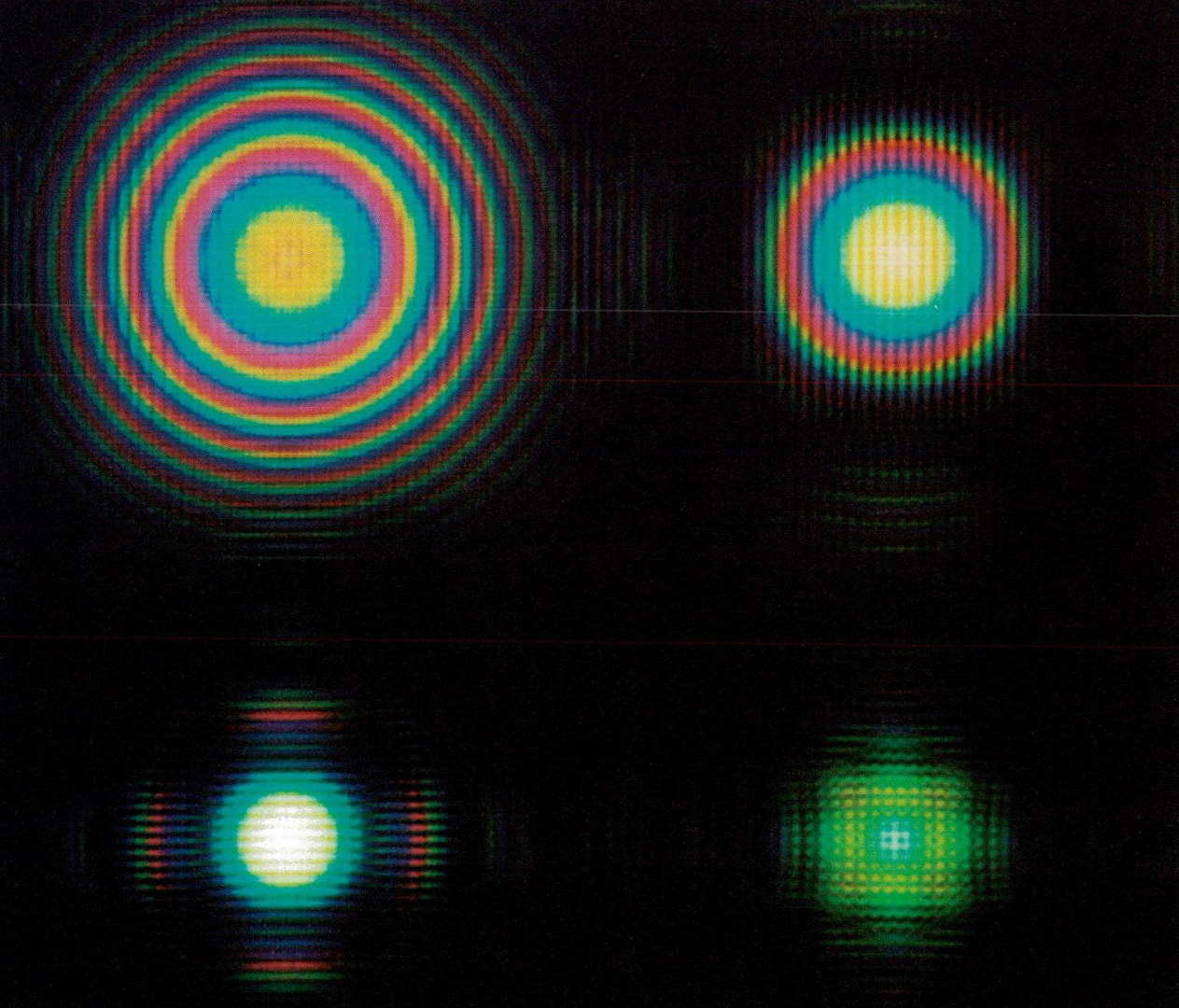“3D graphics and the wave theory” by Moravec
Conference:
Type(s):
Title:
- 3D graphics and the wave theory
Presenter(s)/Author(s):
Abstract:
A continuing trend in computer representation of three dimensional synthetic scenes is the ever more accurate modelling of complex illumination effects. Such effects provide cues necessary for a convincing illusion of reality. The best current methods simulate multiple specular reflections and refractions, but handle at most one scattering bounce per light ray. They cannot accurately simulate diffuse light sources, nor indirect lighting via scattering media, without prohibitive increases in the already very large computing costs. Conventional methods depend implicitly on a particle model; light propagates in straight and conceptually infinitely thin rays. This paper argues that a wave model has important computational advantages for the complex situations. In this approach, light is represented by wave fronts which are stored as two dimensional arrays of complex numbers. The propagation of such a front can be simulated by a linear transformation. Several advantages accrue. Propagations in a direction orthogonal to the plane of a front are convolutions which can be done by FFT in O(n log n) time rather than the n 2 time for a similar operation using rays. A typical speedup is about 10,000. The wavelength of the illumination sets a resolution limit which prevents unnecessary computation of elements smaller than will be visible. The generated wavefronts contain multiplicities of views of the scene, which can be individually extracted by passing them through different simulated lenses. Lastly the wavefront calculations are ideally suited for implementation on available array processors, which provide more cost effective calculation for this task than general purpose computers. The wave method eliminates the aliasing problem; the wavefronts are inherently spatially filtered, but substitutes diffraction effects and depth of focus limitations in its stead.
References:
1. Feynman, R. P., R. B. Leighton and M. Sands. The Feynman Lectures on Physics. Addison-Wesley Publishing Company, Reading, Massachusetts, 1963.
2. Gilchrist, A. L. “The Perception of Surface Blacks and Whites.” Scientific American 240, 3 (March 1979), 112-124.
3. Goodman, J. W., Introduction to Fourier Optics. McGraw-Hill Book Company, San Francisco, 1968.
4. Kay, D. S. Transparency, Refraction and Ray Tracing for Computer Synthesized Images. Master Th., Cornell University, January 1979.
5. Lesem, L. B., P. M. Hirsch and J. A. Jordan, Jr. “Computer Synthesis of Holograms for 3-D Display.” Comm. ACM 11, 10 (October 1968), 661-674.
6. Reddy, D. R. and S. Rubin. Representation of Three- Dimensional Objects. Computer Science Department CMU-CS-78-113, Carnegie-Mellon University, April, 1978.
7. Whitted, T. “An Improved Illumination Model for Shaded Display.” Comm. ACM 23, 6 (June 1980), 343-349.




